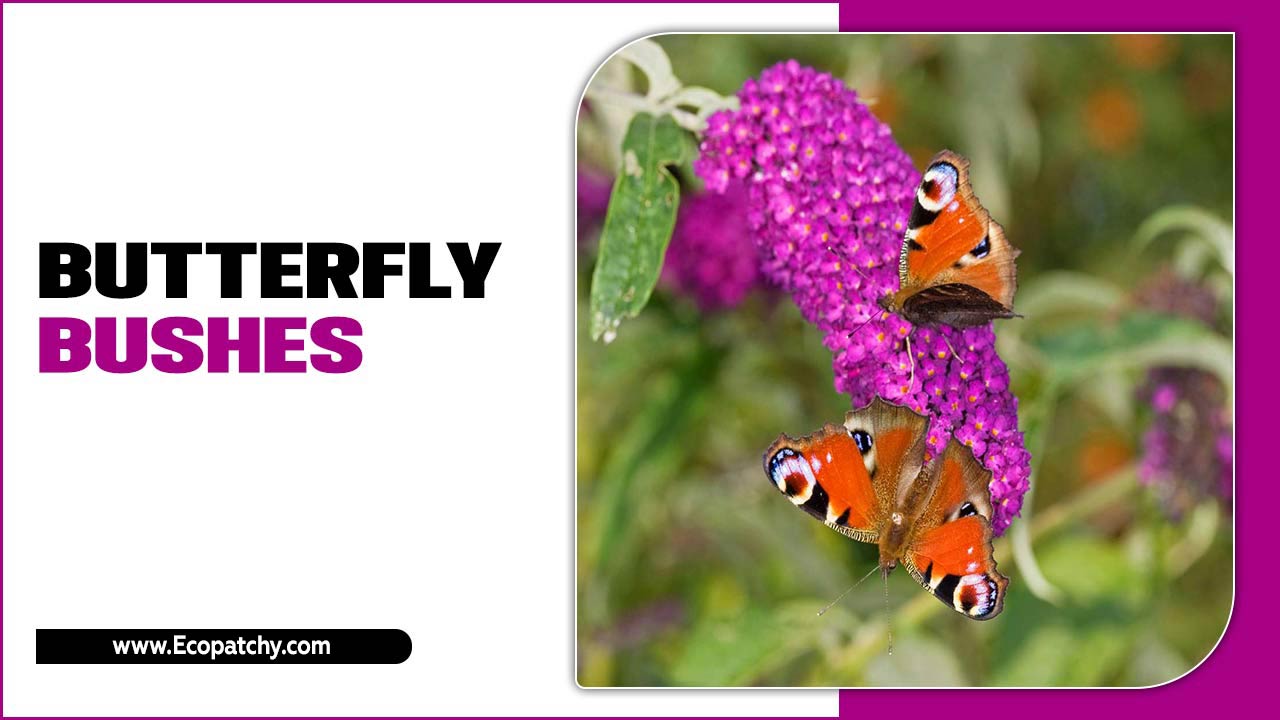As global populations of monarch butterflies continue to decline, the need for conservation efforts has become increasingly urgent. One crucial aspect of these efforts is the cultivation of milkweed, the primary food source for monarch caterpillars.
While milkweed once flourished throughout North America, it has seen a significant decline due to changes in land use and the use of herbicides. Here, we’ll walk you through everything you need to know about growing milkweed for monarch butterflies.
We’ll cover everything from selecting the right milkweed species to planting and caring for your plants. Get ready to create a butterfly haven in your backyard and positively impact monarch butterfly conservation efforts.
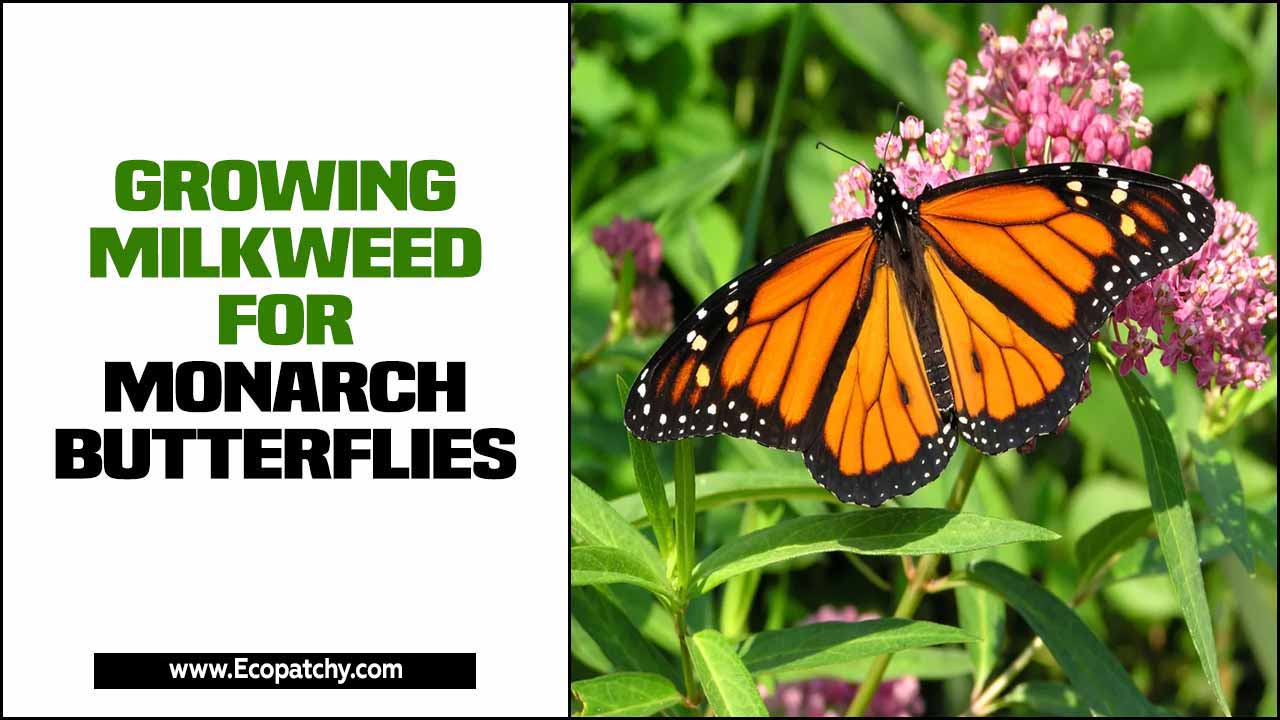
Growing Milkweed In The Garden
Choosing a sunny location for your milkweed garden is crucial. The milkweed plants thrive in full sunlight, making it an ideal choice. Additionally, ensure that the soil is well-drained and rich in nutrients. This will provide the necessary conditions for the milkweed to grow healthily. Before planting, removing weeds and grass from the planting area is important to eliminate competition.
To improve the soil quality, amend it with compost or organic matter. Once planted, remember to water the milkweed plants regularly to keep the soil moist. This will promote healthy growth and development. Following these steps, you can create a vibrant milkweed garden to attract Monarch butterflies and support their lifecycle.
Best Milkweed Plants For Your Region
When growing milkweed for monarch butterflies, choosing the right plants for your region is crucial. Different milkweed species thrive in different climates and soil conditions, so selecting varieties well-suited to your specific area is important. Some popular milkweed species include Common Milkweed (Asclepias syriaca), Swamp Milkweed (Asclepias incarnata), and Butterfly Weed (Asclepias tuberosa).
Researching which milkweed species are native to your region and checking with local gardening experts or native plant nurseries can help you determine the best ones to grow in your area. By selecting the appropriate milkweed species, you can create a welcoming habitat for monarch butterflies and contribute to their conservation efforts.
How To Growing Milkweed For Monarch Butterflies: Step-By-Step Instructions
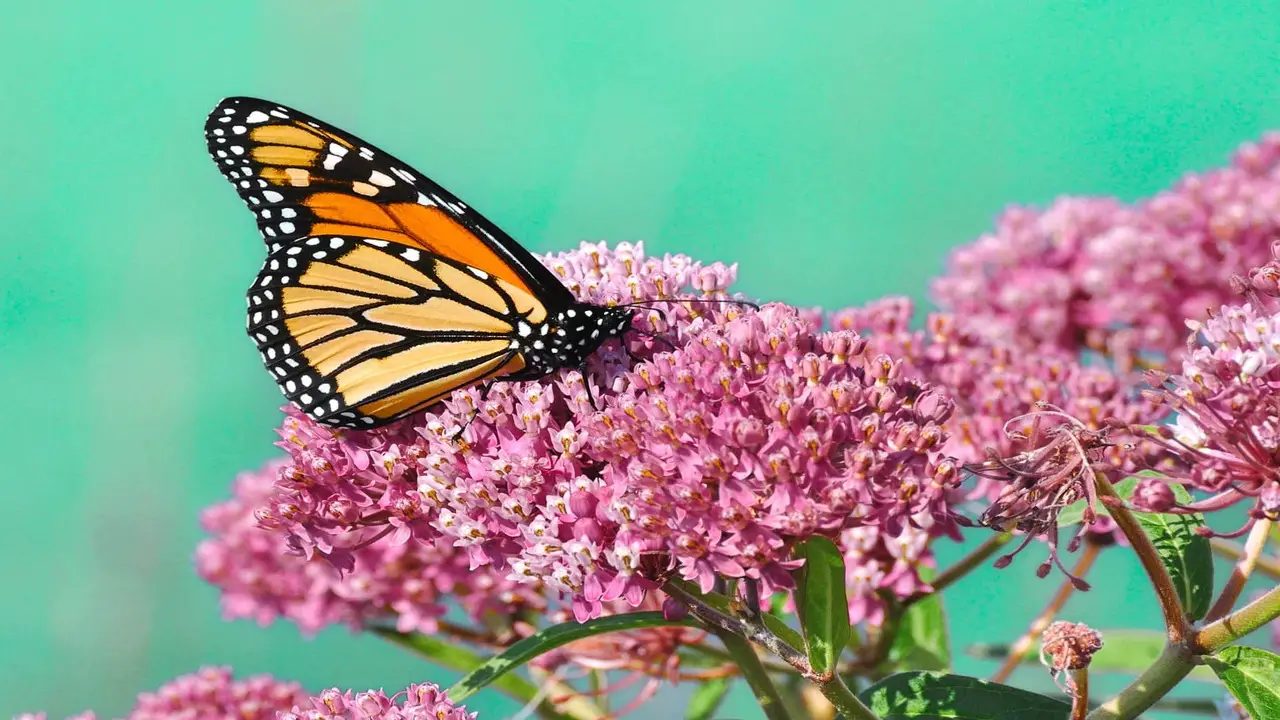
Start growing milkweed for monarch butterflies by obtaining milkweed seeds or cuttings from a reputable source. Prepare the soil by loosening it and removing debris, ensuring a suitable environment for the milkweed plants. Plant the seeds or cuttings according to the recommended depth and spacing, providing them with the optimal conditions for growth.
Water the newly planted milkweed regularly until they become established, creating a moist environment for their development. Monitor the growth and health of the milkweed plants closely, providing necessary care to ensure their success as a host plant for monarch butterflies.
Select A Hospitable Milkweed Planting Location:
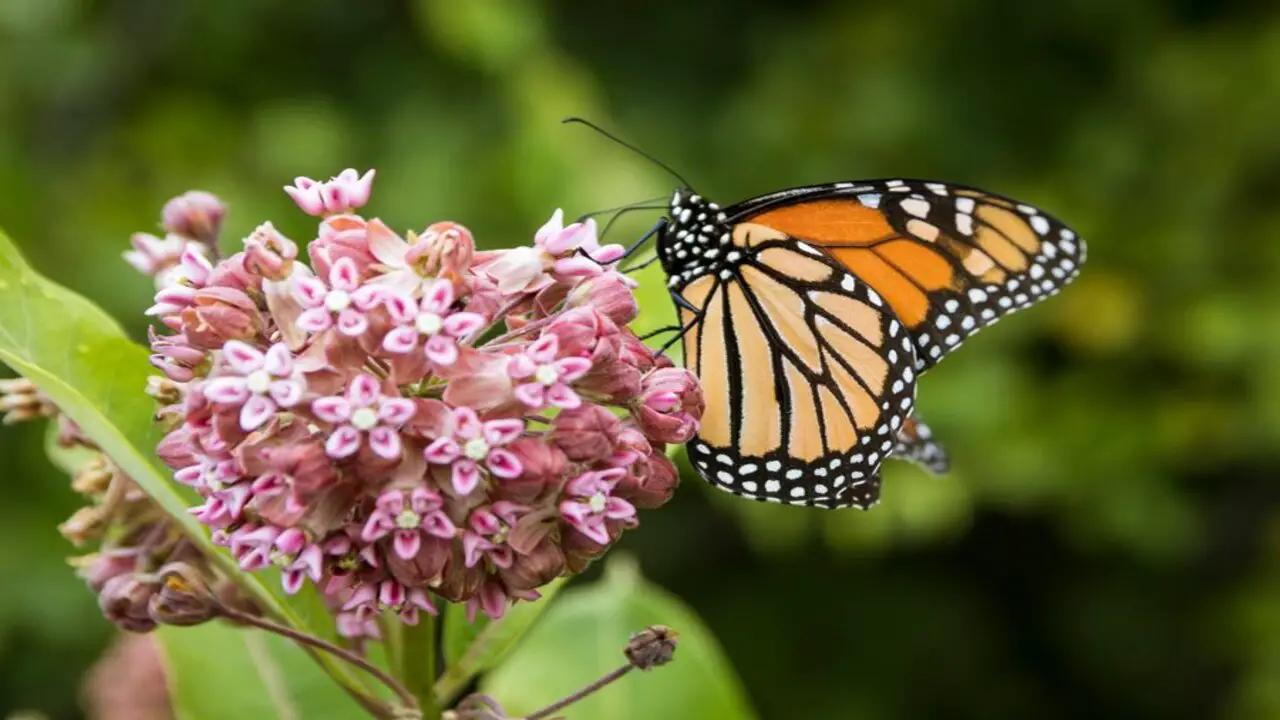
When selecting a hospitable location for planting milkweed, several factors must be considered. First, choose a spot with well-draining soil and ample sunlight for at least 6 hours daily. It’s crucial to avoid areas exposed to pesticides or herbicides, as these can harm monarch butterflies and their larvae.
If possible, consider planting milkweed in a community garden or public space to help create additional habitat for these beautiful creatures. Additionally, opt for milkweed varieties native to your region, as they are better adapted to the local weather and soil conditions. Finally, planting milkweed in groups can create a more inviting and suitable environment for monarchs.
Prepare The Soil:
To prepare the soil for growing milkweed for monarch butterflies, the first step is to clear the planting area of any existing vegetation. This ensures that the milkweed plants have space and resources to grow without competition. Next, loosen the soil using a garden fork or tiller.
This helps to improve aeration and allows the roots to penetrate the soil easily. Adding compost or organic matter to the soil is crucial for enhancing its fertility and providing essential nutrients for healthy plant growth.
Testing the soil pH is important, as milkweed prefers a slightly acidic to neutral pH range. Adjustments can be made if necessary to create an optimal growing environment. Lastly, ensuring the soil is well-drained is essential to prevent root rot and waterlogged conditions.
Plant Seeds Outdoors In Fall:
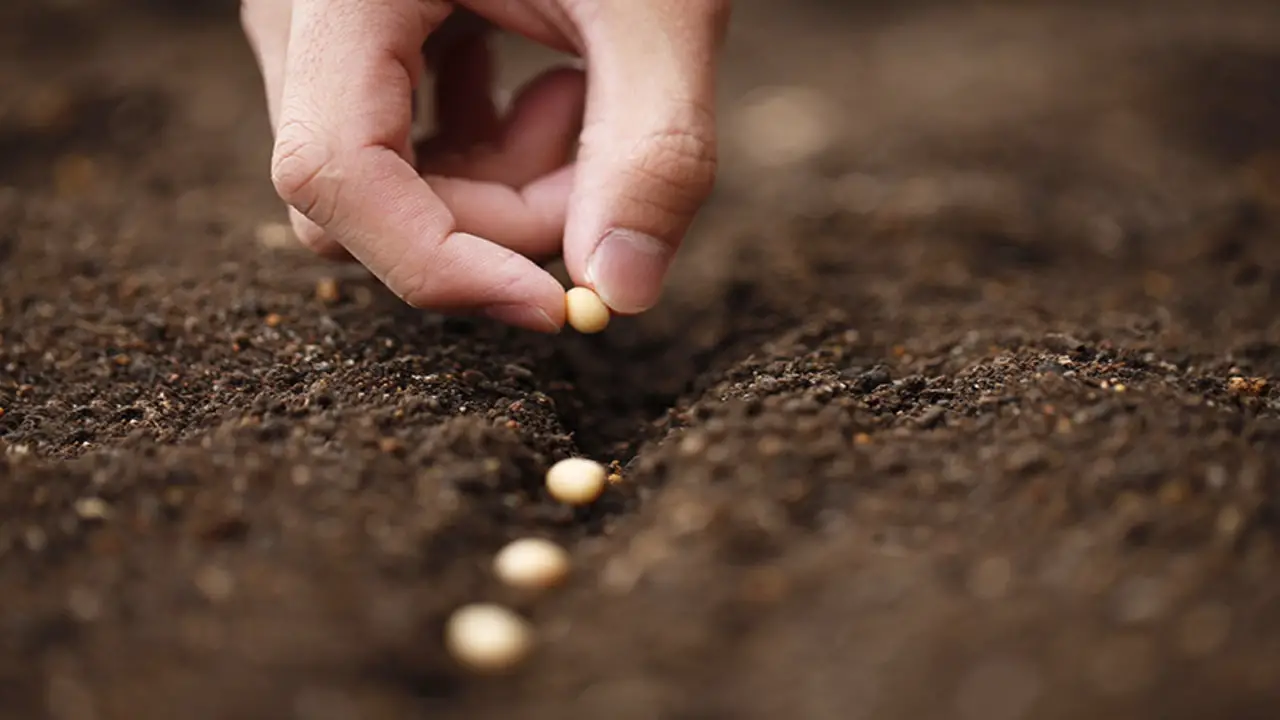
To successfully grow milkweed for monarch butterflies, follow these steps for planting seeds outdoors in the fall. Start by selecting a sunny location, as milkweed thrives in full sunlight. Prepare the soil by removing debris and loosening it to create an ideal environment for seed germination.
Sow the milkweed seeds according to the recommended depth and spacing, ensuring they are properly covered with soil. After planting, water the seeds thoroughly to promote germination and establishment. To retain moisture and protect the seeds, mulch the area. Planting milkweed seeds outdoors in the fall sets the stage for a thriving habitat for monarch butterflies.
Plant Milkweed Seeds Or Cuttings:
To begin growing milkweed for monarch butterflies, you can start with fresh milkweed seeds or obtain cuttings from an established plant. Prepare containers or seed trays with a well-draining potting mix and sow the seeds or plant the cuttings at the recommended depth. Place the containers in a warm and sunny location to provide the ideal conditions for germination.
It’s important to keep the soil moist and provide adequate ventilation for the seeds or cuttings to thrive. By following these steps, you can ensure that your milkweed seeds or cuttings develop into healthy plants that will attract monarch butterflies to your garden.
Water And Fertilize:
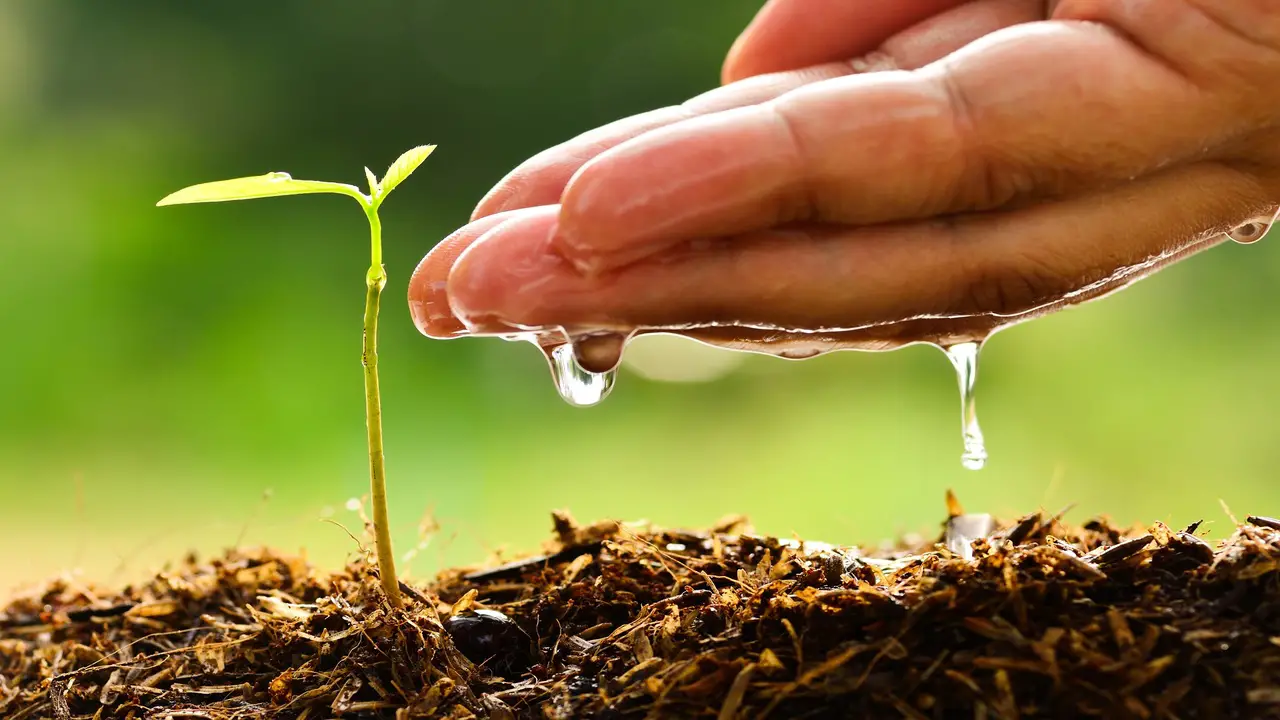
Watering and fertilizing are important aspects of growing milkweed for Monarch butterflies. To ensure healthy growth, it is essential to water the plants regularly, keeping the soil moist. However, overwatering should be avoided to prevent root rot or fungal diseases.
Additionally, applying a balanced liquid fertilizer every 2-4 weeks during the growing season provides the necessary nutrients. For long-term nourishment, using a slow-release granular fertilizer is recommended.
It’s crucial to monitor the moisture and nutrient needs of the milkweed plants to maintain their health and vitality. By following these watering and fertilizing practices, you can create an ideal environment for the growth of milkweed, which serves as a vital host plant for Monarch butterflies.
Provide Support:
Supporting your growing milkweed plants is crucial for their healthy development. Some milkweed species, especially the taller varieties, may require support as they grow. You can use stakes, cages, or trellises to provide the necessary support. Installing these supports early in the growing season is important to prevent any potential damage to the plants.
As the milkweed plants grow, check the supports and adjust them regularly. Wind or heavy rain can pose a risk, so ensure the supports are sturdy enough to withstand these conditions. Providing the right support’ll help your milkweed thrive and create a welcoming environment for monarch butterflies.
Control Pests
To maintain the health of your milkweed plants and ensure a hospitable environment for monarch butterflies, it’s important to control pests. Regularly monitor the plants for common pests like aphids or milkweed bugs. If the infestation is minimal, handpick the pests to minimize damage. For organic pest control, consider using insecticidal soap or neem oil.
These natural alternatives effectively target pests without harming beneficial insects or butterflies. Another strategy is encouraging natural predators like ladybugs or lacewings to control pests. By avoiding chemical pesticides, you can create a safe habitat for monarch butterflies and other important pollinators.
How To Start Milkweed From Seed Indoors
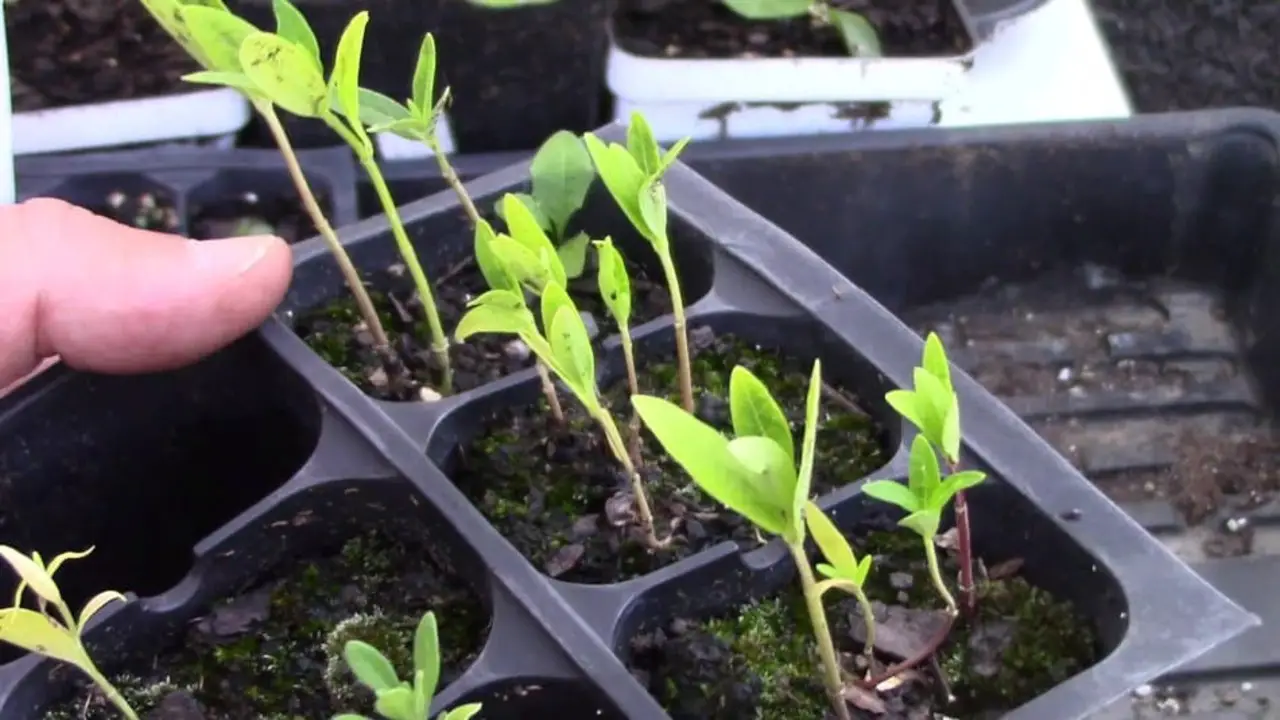
Starting milkweed from seed indoors is a great way to ensure a successful and healthy plant for monarch butterflies. Starting milkweed from seed indoors can give monarch butterflies a food source and contribute to their conservation efforts. Here are some steps to help you get started:
- Gather Your Supplies: You will need milkweed seeds, seed trays or pots, potting soil, and a spray bottle for watering.
- Prepare The Seeds: Some milkweed species require stratification, a period of cold treatment to mimic winter conditions. Research the specific species of milkweed you are growing to determine if stratification is necessary.
- Fill The Seed Trays Or Pots With Potting Soil: Ensure the soil is moist but not overly wet.
- Plant The Seeds: Place one or two seeds in each tray or pot, following the recommended depth for planting on the seed packet.
- Water Gently: Use a spray bottle to moisten the soil until germination occurs.
- Provide Adequate Light: Place the trays or pots in a sunny location or under grow lights to ensure proper growth.
- Transplant Outdoors: Once the seedlings have developed several sets of leaves and all danger of frost has passed, they can be transplanted into your garden or larger pots.
Learn To Recognize Monarch Caterpillars And Eggs
Recognizing monarch caterpillars and eggs is essential for creating a welcoming environment for these beautiful insects. Monarch caterpillars are easily identifiable by their distinct yellow, black, and white striped pattern. To spot them, simply look for this vibrant pattern on the leaves of your milkweed plants.
Monarch eggs, on the other hand, are small and white, usually laid on the underside of milkweed leaves. Identifying caterpillars and eggs is crucial in providing the appropriate care and support they need.
As caterpillars grow, they go through multiple moults, increasing in size each time. Understanding the life cycle of monarchs will enable you to provide the best care for these caterpillars and their eggs.
How To Plant A Milkweed In A Container
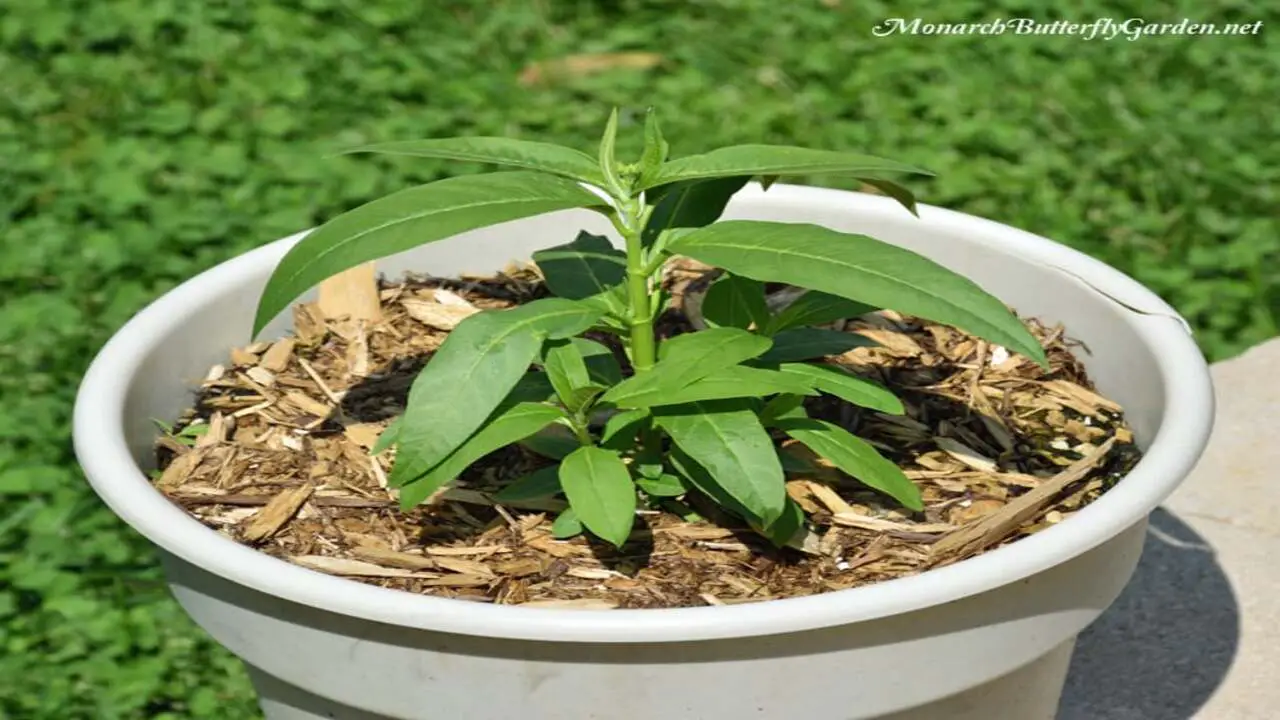
Select a suitable container with drainage holes to plant a milkweed in a container. This ensures the roots won’t sit in water and helps prevent overwatering. Use a well-draining potting mix to provide optimal growing conditions for the milkweed. Choosing a mix that allows water to flow freely through the soil is important.
Place the container in a sunny location, as milkweed requires full sunlight. Water the milkweed regularly, keeping the soil evenly moist but not waterlogged. Consider adding organic fertilizer to provide essential nutrients for healthy growth. With these steps, you can grow milkweed in a container and create a hospitable environment for monarch butterflies.
How To Grow Begonias From Seed Indoors
To grow begonias from seed indoors, start the process 8-10 weeks before the last frost date. Sow the seeds on top of a well-draining seed starting mix without covering them. Maintaining a consistent temperature of around 70°F (21°C) is crucial for successful germination. Keep the seedlings under grow lights or near a sunny window to ensure sufficient light.
Once the begonias have developed a few sets of true leaves, it’s time to transplant them into individual pots. This method allows for proper growth and development of the begonias, ensuring they thrive in their new environment.
Monitoring And Observing Monarch Butterflies In Your Garden

Monitoring and observing monarch butterflies in your garden can be a rewarding and educational experience. By growing milkweed, the primary food source for monarch caterpillars, you can attract these beautiful creatures to your garden and provide them with a safe habitat.
To monitor and observe monarch butterflies, you can closely monitor your milkweed plants for eggs, caterpillars, and chrysalises. You may also want to consider participating in citizen science programs, such as Monarch Watch, which allow you to contribute valuable data on monarch populations.
By actively monitoring and observing monarch butterflies in your garden, you can play a role in their conservation and better understand their life cycle and behavior.
Conclusion
Growing milkweed in your garden is a beautiful addition and a crucial step in supporting the population of monarch butterflies. Following the step-by-step instructions, you can create a hospitable environment for these delicate creatures to thrive. Selecting the right milkweed plants for your region and providing proper support to help them grow is important.
Additionally, learning to recognize monarch caterpillars and eggs will allow you to monitor and observe their life cycle in your garden. By taking these steps, you can positively impact the conservation of monarch butterflies and contribute to preserving their natural habitats. We hope you know growing milkweed for monarch butterflies.
Frequently Asked Questions
1.When Should I Plant Milkweed For Monarch Butterflies?
Ans: Milkweed seeds can be planted in the spring or fall. It’s best to plant in the fall for establishment before summer in warmer regions. In cooler regions, spring planting after the last frost is recommended. Optimal growth requires full sun and well-draining soil.
2.Can I Just Throw Milkweed Seeds On The Ground?
Ans: Sowing milkweed seeds directly on the ground is possible but not ideal. To improve germination, stratify or cold treat the seeds first. Prepare the soil by clearing weeds and debris and till it for a good seed bed. Plant the seeds in rows or groups, water them regularly, and protect them from pests.
3.How Do You Plant Milkweed To Help Monarch Butterflies?
Ans: Choose a sunny spot with well-draining soil to plant milkweed and help monarch butterflies. Spring or fall is the best time to plant, whether you’re using seeds or transplants. Water regularly until established, and in droughts only. And don’t forget to leave dead leaves and stems on the plant over winter for butterfly larvae shelter.
4.Why Is Milkweed Illegal?
Ans: Milkweed is not illegal, but it may be considered a noxious weed in certain areas. In the past, milkweed was seen as a threat to crops and removed from agricultural fields. However, it plays a crucial role in the life cycle of monarch butterflies, and efforts are now being made to promote its planting for their survival.
5.Which Types Of Milkweed Plants Should You Grow?
Ans: When it comes to growing milkweed for monarch butterflies, you can choose several types of milkweed plants. Common milkweed is popular, while swamp milkweed thrives in wetland habitats. Butterfly weed attracts both monarchs and other pollinators with its bright orange flowers. Other options include showy milkweed, whorled milkweed, and green milkweed.


